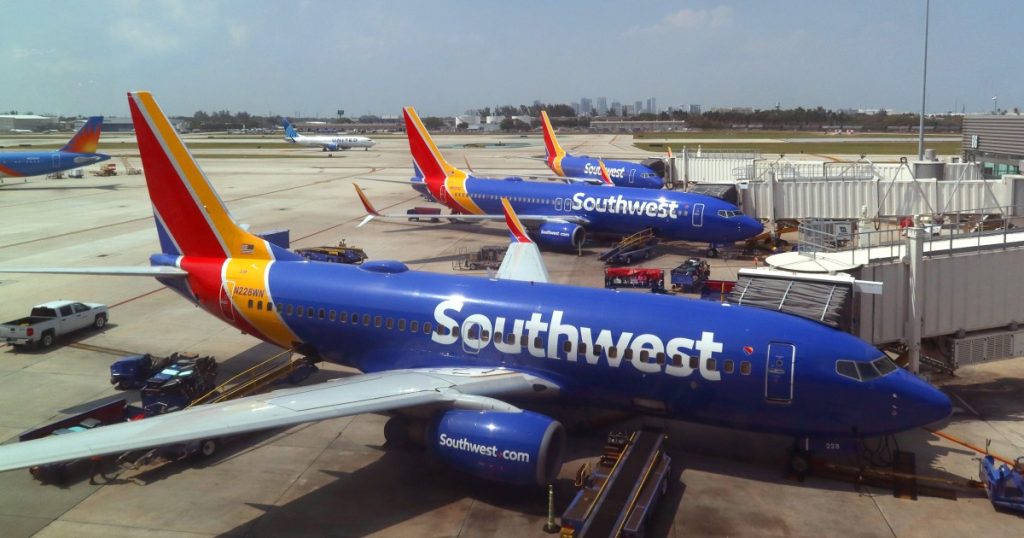The U.S. passenger airline industry has seen significant growth in hiring since 2021, adding nearly 194,000 jobs as companies sought to recover from the pandemic-induced slump. However, the hiring spree is now slowing down as airlines reach their staffing needs and face a variety of challenges. Issues such as a surplus of flights leading to lower fares, delayed aircraft deliveries, engine shortages, and rising labor costs are prompting airlines to reconsider their expansion plans. As a result, carriers are deferring aircraft deliveries, experiencing higher costs, and making adjustments to their workforce.
Labor costs in the airline industry have seen a sharp increase in recent years, with first officers’ average annual pay on midsize equipment at U.S. airlines rising substantially. Costs at major U.S. carriers have also surged by double-digit percentages since 2019, excluding fuel and net interest expenses. Low-cost airlines like Southwest, JetBlue, and Spirit have experienced even greater cost increases, ranging from 32% to nearly 39% over the same period. As a result, airlines are feeling the financial strain and are implementing measures to cut costs, including scaling back hiring efforts and offering voluntary leaves of absence.
While the overall U.S. air transportation employment remained stable in August compared to July, some airlines are making significant adjustments to their hiring practices. For example, Spirit Airlines recently furloughed 186 pilots due to factors like losses from a failed acquisition and oversupply in the market. Other airlines, such as Frontier and Southwest, are offering leaves of absence to manage staffing levels and reduce costs. United Airlines has also paused pilot hiring and plans to hire fewer employees overall this year compared to previous years, reflecting the industry’s shift away from rapid expansion.
The airline industry has faced ongoing challenges related to the pandemic, including layoffs and record losses in 2020. While federal aid prevented widespread layoffs, many employees accepted buyouts and voluntary leaves of absence. The sudden surge in travel demand in 2021 led to a shortage of experienced employees, especially pilots, forcing companies to offer significant bonuses to attract talent. However, the demand for pilots has since declined, with even air freight companies like FedEx and UPS looking to cut costs. Despite these changes, student interest in becoming pilots remains strong, indicating a continued demand for air travel and a long-term need for pilots in the industry.
Airlines such as American Airlines continue to hire pilots, albeit at lower levels than in previous years, due to ongoing demand for air travel. The CEO of American Airlines has indicated that the company will continue to hire pilots at a steady pace. Despite the current adjustments in hiring practices and workforce planning, the industry remains optimistic about the long-term outlook for air travel. The ongoing interest in pilot training and the sustained demand for air travel suggest that the industry may experience fluctuations in hiring but is likely to remain in need of skilled professionals in the years to come.


